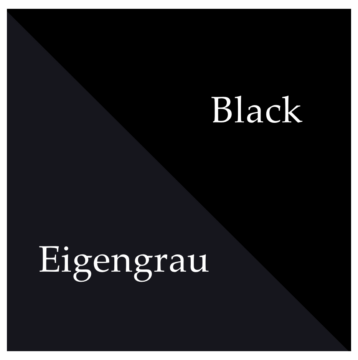Gary Lupyan at Aeon Magazine:
 What is it about differences in imagery, inner speech, synaesthesia and memory that render them hidden? It is tempting to think that it’s because we don’t directly observe them. We can see that someone is a really fast runner. But having direct access only to our own reality, how are we to know what another person imagines when they think of an apple, or whether they hear a voice when they read? Still, while we can’t directly experience another person’s reality, we can compare notes by talking about it. Often, it’s remarkably easy: for #TheDress, we just needed to ask one another what colours we see. We can also ask whether letters always appear in colour (a grapheme-colour synaesthete will say yes; others will say no). People without imagery will tell you they cannot visualise an apple, and those without inner speech will say they do not have silent conversations with themselves. It is not actually difficult to discover these differences once we start systematically studying them.
What is it about differences in imagery, inner speech, synaesthesia and memory that render them hidden? It is tempting to think that it’s because we don’t directly observe them. We can see that someone is a really fast runner. But having direct access only to our own reality, how are we to know what another person imagines when they think of an apple, or whether they hear a voice when they read? Still, while we can’t directly experience another person’s reality, we can compare notes by talking about it. Often, it’s remarkably easy: for #TheDress, we just needed to ask one another what colours we see. We can also ask whether letters always appear in colour (a grapheme-colour synaesthete will say yes; others will say no). People without imagery will tell you they cannot visualise an apple, and those without inner speech will say they do not have silent conversations with themselves. It is not actually difficult to discover these differences once we start systematically studying them.
Paradoxically, although language is what allows us to compare notes and learn about differences between our subjective experiences, its power to abstract may also cause us to overlook these differences because the same word can mean many different things.
more here.
